Ferrocement as a material of construction is not new to building industry. The products made with this technique were generally small circular tanks for storage of water or sewage. Some attempts were also made towards making small fishing boats. This was the trend in India and South East Asia. Curved architectural forms were also made of ferrocement by hand plastering. These were labour intensive procedures, suitable where labor was cheaply available. The products attempted were not possible to be made, as a standardized factory-made, scaled up product. Proper steps needed to be identified to set unified member properties, so that the products could be factory manufactured, on a large scale.
It was not advantageous to set up factory production of these units unless repetitive applications were possible. From the beginning, it was known that ferrocement inherently generates added tensile capacity of the cross section. This is opposite to the behavior of reinforced concrete which has no strength in tension. Due to the composition of ferrocement section, the product is both strong and tough. The mortar has a very high strength. It encapsulates a minimum of two weld meshes forming a section. The section develops only microscopic cracks when in use. This was the property which was beneficial in the use of boats and water retaining structures. It was understood that the final behavior of reinforced concrete under load is totally different when compared to ferrocement, especially when subjected to loads causing flexure.
Due to its labor-intense method of manufacture, the use of ferrocement was not considered economically viable in the western world. The loss of interest led to a complete neglect in its development, which stymied motivation for further research. ACI initiated a committee on Ferrocement, ACI549. As the world moved towards environmental sustainability it has become relevant to revisit materials which would meet these standards. Thinner sections with large tensile capacities would lead to savings in material, transport and cost of erection. With this as a final goal, research was under taken. The attempt was to elaborate and study the various factors for understanding the behavior of ferrocement sections under load. Understanding the physical load transfer mechanism was the first goal. This knowledge would lead to understanding the reason for tensile stress generation in member.
A full awareness of tensile tresses for different conditions could then be used for designing. This would also lead towards removing the lack of clarity on this issue in the publications of American Concrete Institute. A new approach would renew interest in this material. This approach would also initiate more research on the subject, which will bring further knowledge and advancement on this subject.
This book offersa new approach to design and increased use of ferrocement in construction. Ouraim in writing this book was always to consider the requirements and limits of the research workers, students and design professionals. In a book with this objective it is not possible to give all research data covering all types of structures which could be designed. It is also an attempt to offer basic approach in tackling any complex design problems.
The volume comprises of eight chapters starting with development of ferrocement through research, design and actual use in construction.
The historic development of ferrocement and its use as alternate construction material and its advantages are described in Chapter 1.
The various materials used in ferrocement construction, its mixed design procedures for self-compacted mortars are discussed in Chapter 2 and 3.
Chapter 4 presents the research work leading to the actual determination of design stress values consider as a part of procedure.
Finite elements analysis approach to confirm the experimental work is presented in Chapter 5.
The theory of structural behavior of ferrocement elements is presented in Chapter 6 having established the principals by theory and research for the behavior of ferrocement under load.
Using the stress values determined through experimentation and is used for design, sample calculations are given guidance to designers. Chapter 7 presentsusing the stress values determined through previous chapters for design of structural elements.
Chapter 8 describes the actual structural elements, cast and used in construction. This technology is already being used for large scale affordable housing projects. Further development with the use of ferrocement panels on Light Gauge Steel is also indicated.
After extensive research, its use in designing and constructing precast building structures, this system has a great potential in mass housing. The book is an effort to put this across the civil engineering fraternity. The author believes this untapped potential will now be available for further exploitation.

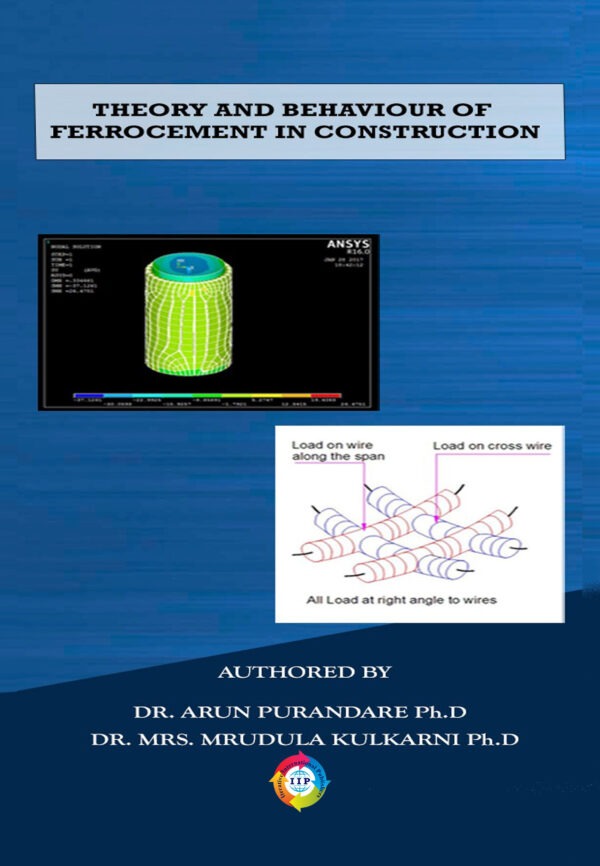
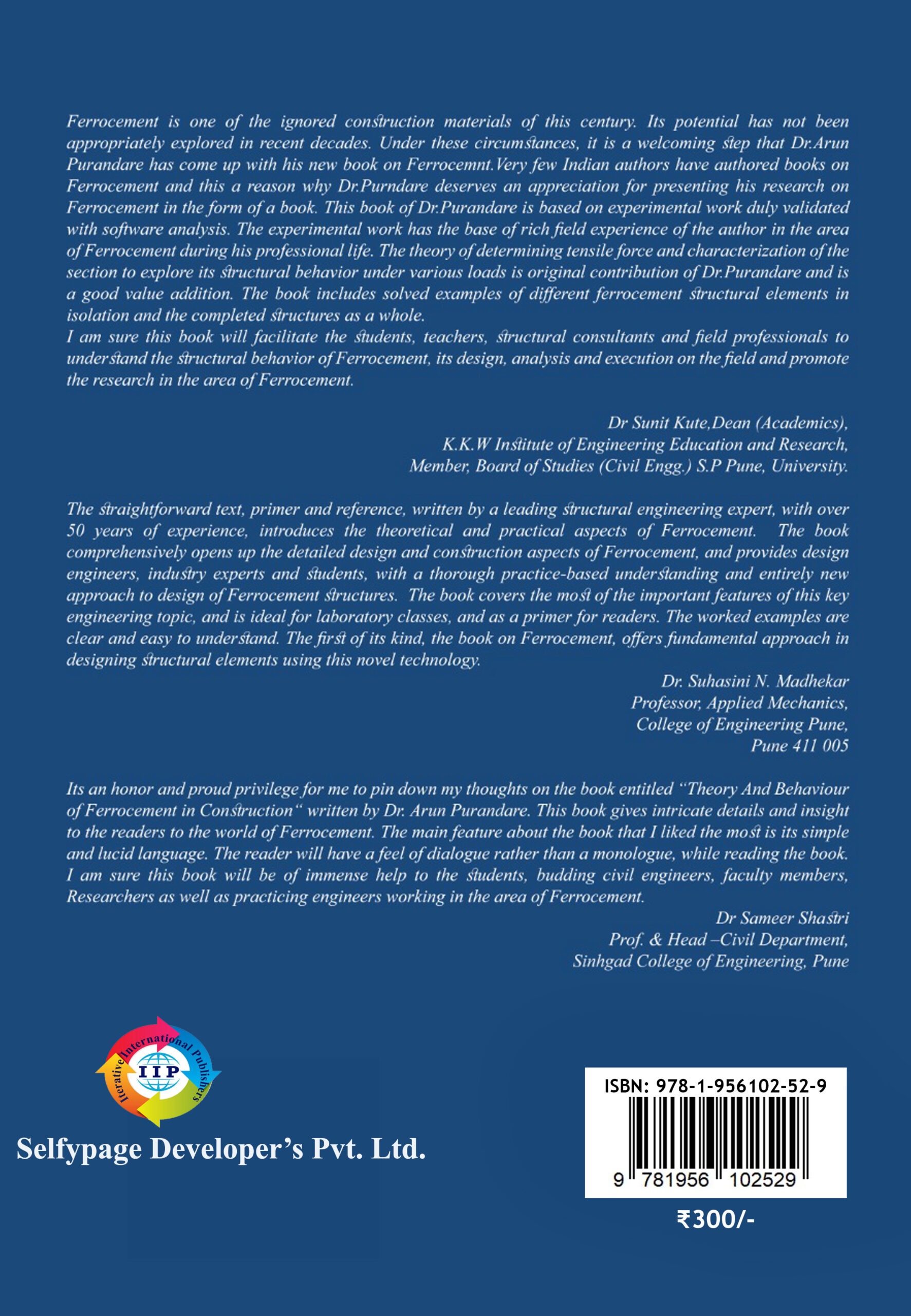
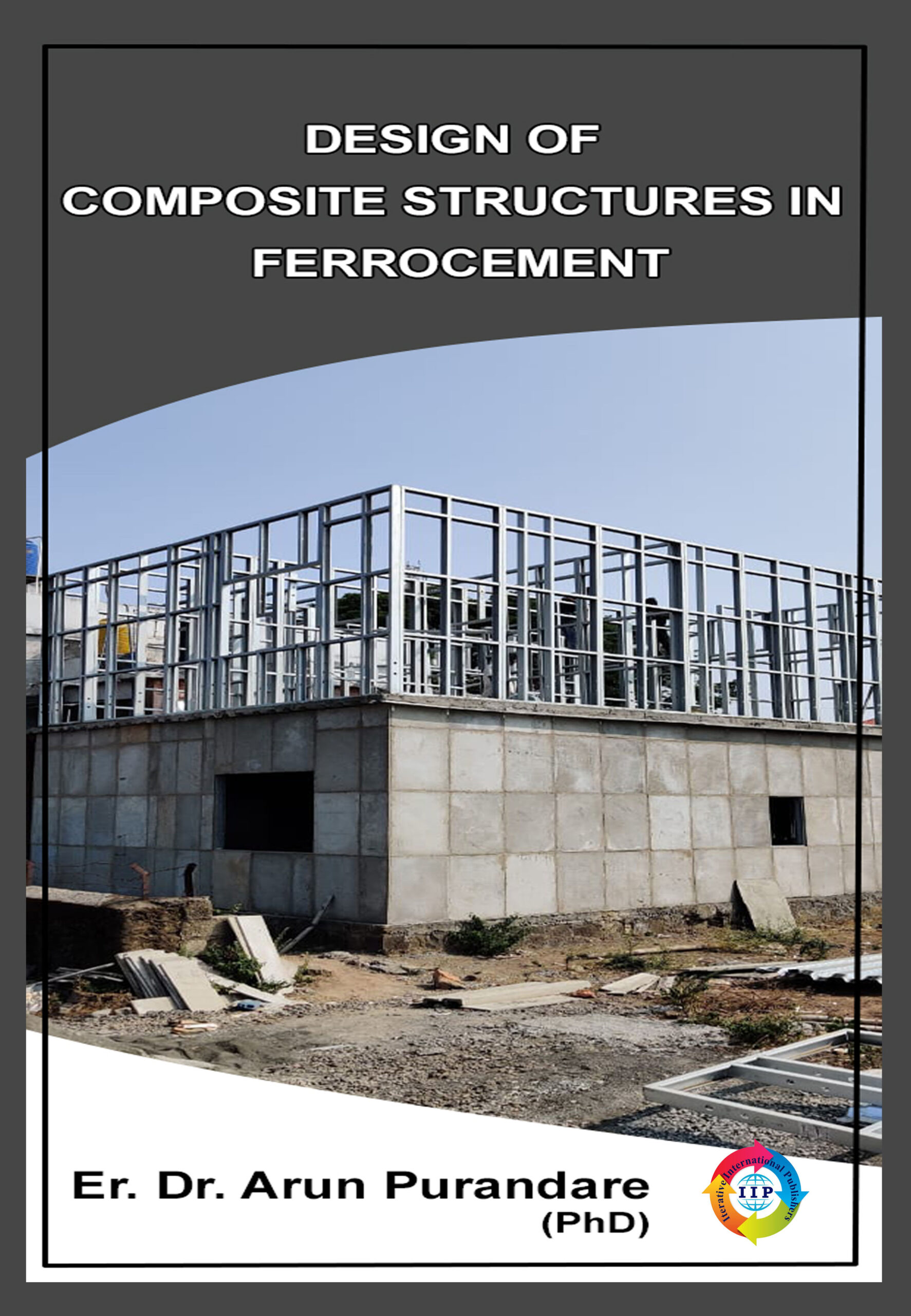




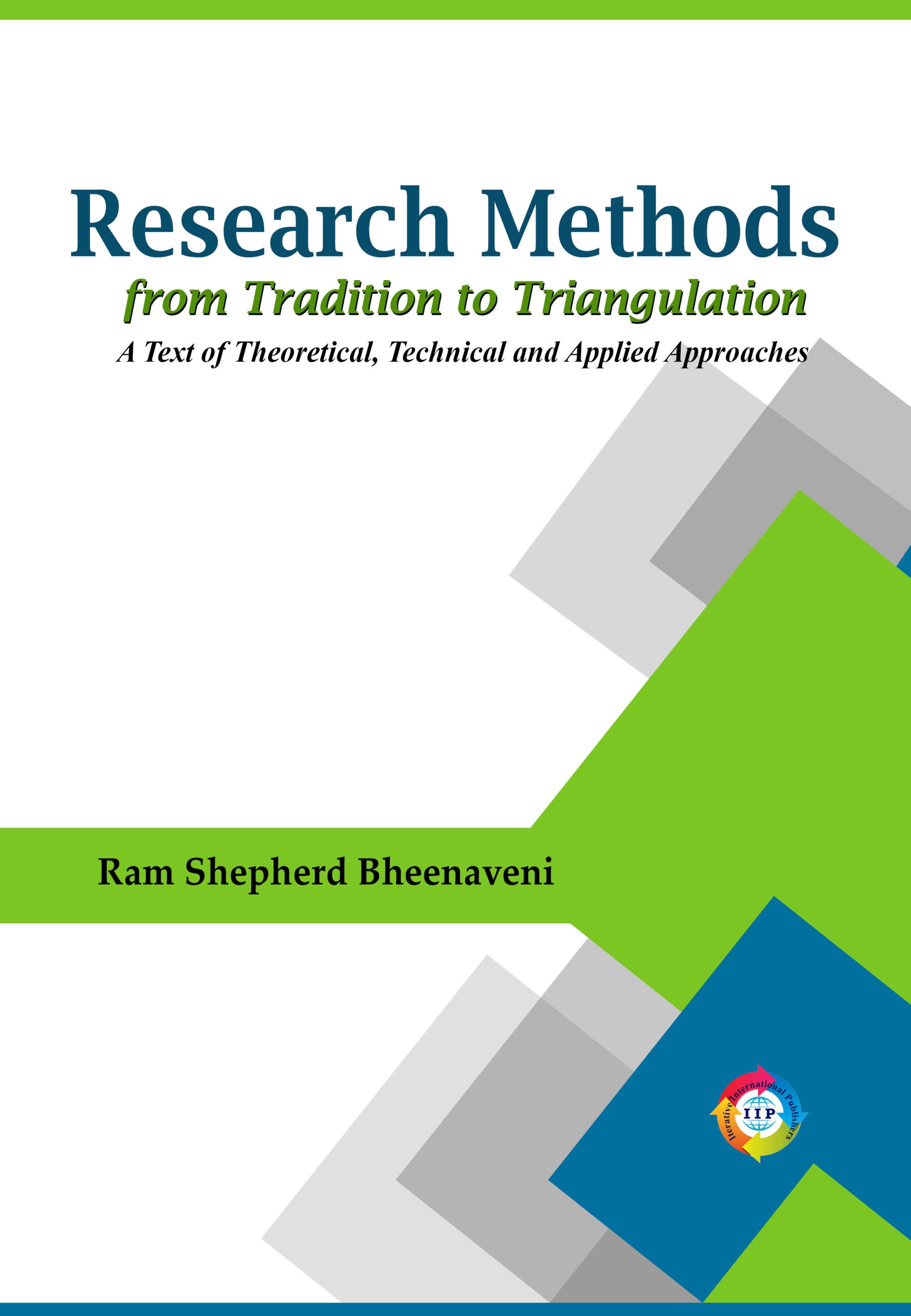
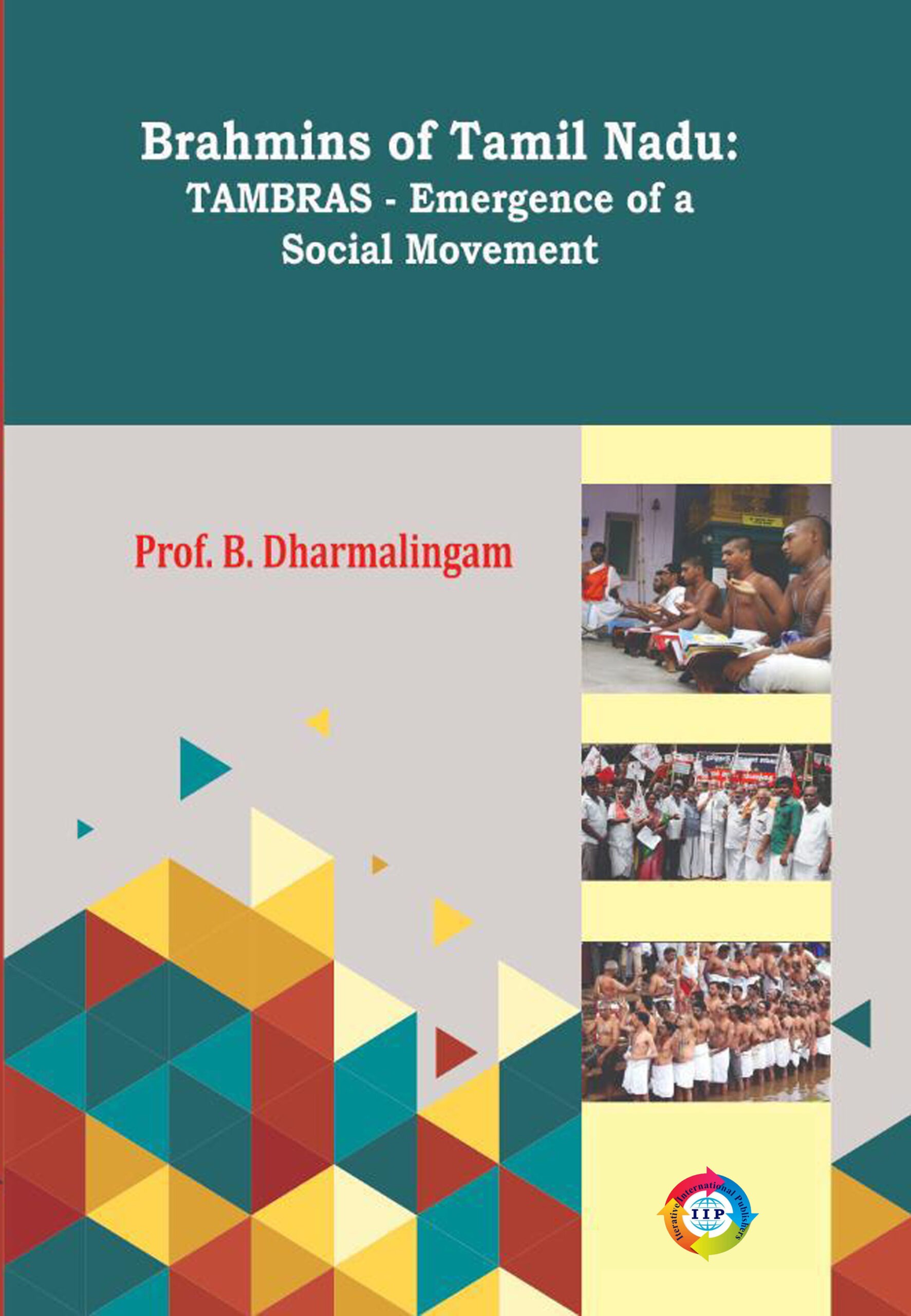
Reviews
There are no reviews yet.